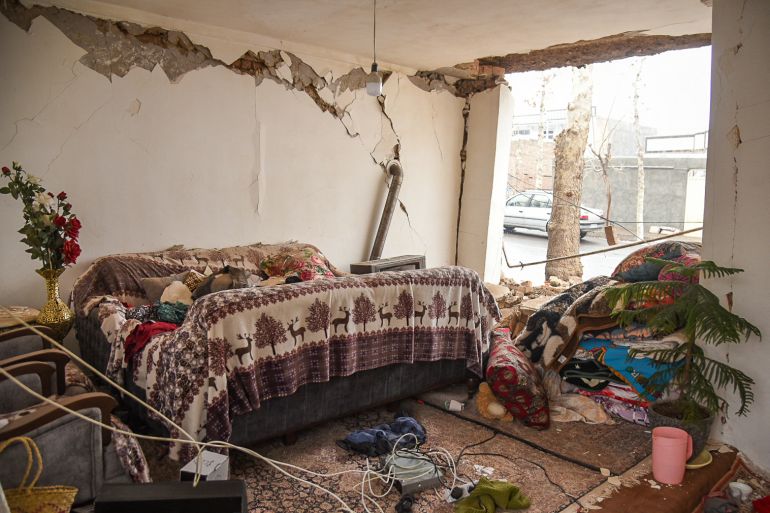Earthquake in Iran: An Overview
On January 29, 2023, a powerful earthquake struck the city of Khoy in northwestern Iran, highlighting the region’s vulnerability to seismic activity. The quake, measuring 5.9 on the Richter scale, resulted in significant devastation, causing casualties and injuries among the local population. This blog post aims to delve deeper into the implications of this earthquake, its causes, effects, and the broader context of seismic activity in Iran.
Understanding Earthquakes: The Basics
Before we explore the specifics of the earthquake in Iran, it is essential to understand what an earthquake is. An earthquake is the shaking of the Earth’s surface caused by sudden movements in the Earth’s tectonic plates. The point within the Earth where an earthquake originates is known as the focus, while the point directly above it on the surface is termed the epicenter.
Iran lies on several major fault lines, making it susceptible to earthquakes. The region’s seismic activity is primarily due to the collision of the Arabian Plate and the Eurasian Plate, which causes immense pressure to build up and eventually release in the form of an earthquake.
The Khoy Earthquake: Details and Impact
The earthquake in Khoy was particularly severe, affecting a densely populated area. According to reports from Al Jazeera, at least 7 people lost their lives, and dozens more were injured. The tremor was felt not only in Khoy but also in neighboring cities and even across the border in Turkey.
The immediate aftermath saw rescue teams dispatched to the affected areas to assist those in need. Emergency services faced challenges due to aftershocks, which can continue for some time following a major earthquake.
Effects of the Earthquake
The earthquake has had far-reaching implications for the local community and the country as a whole. Infrastructure damage is a significant concern; many homes were destroyed, and essential services disrupted. The Iranian government has called for international aid, highlighting the need for assistance in recovery efforts.
Moreover, psychological effects should not be overlooked. Survivors may experience trauma and anxiety, necessitating mental health support as part of the recovery process.
Preparedness and Response Strategies
While earthquakes cannot be prevented, communities can be better prepared to minimize their impact. The Iranian government has been making strides in earthquake preparedness and response. Public education campaigns raise awareness about how to respond during an earthquake, such as taking cover, and ensuring that structures are built to withstand seismic activity.
Upgrading infrastructure and enforcing stricter building codes are crucial in earthquake-prone areas. Investing in research to better understand seismic activity can also lead to improved early warning systems.
Broader Context: Seismic Activity in Iran
Iran experiences frequent earthquakes due to its geographical position. Major quakes have historical precedence in the country, with notable events recorded as far back as the 8th century. The consequences of these earthquakes extend beyond immediate physical damage; they can destabilize economies, disrupt social systems, and lead to widespread human suffering.
According to a report from the Al Jazeera, Iran’s government declared a national day of mourning following the Khoy earthquake, reflecting the gravity of the situation and the need for solidarity in such times.
Conclusion
The earthquake in Iran serves as a sobering reminder of the forces of nature and the necessity for preparedness in regions prone to seismic activity. Understanding the causes and effects of such events is crucial for developing effective response strategies and ensuring communities are equipped to handle future challenges. With continued efforts in infrastructure improvement, public education, and international collaboration, the resilience of Iranian society can be strengthened in the face of future earthquakes.








